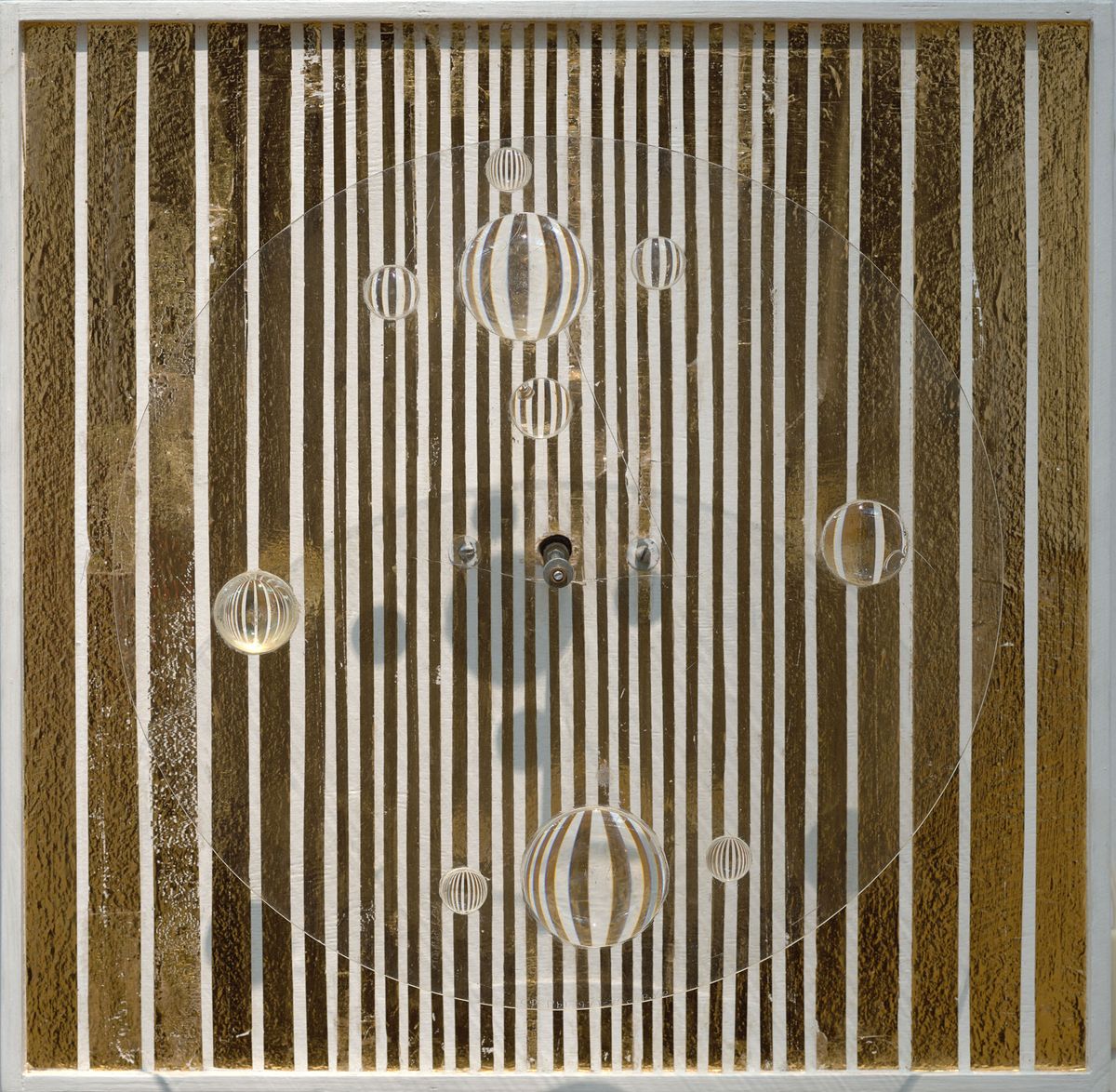The Art Newspaper Russia is an official media partner of the Tretyakov Gallery
A sweeping survey of Soviet kinetic art at the New Tretyakov Gallery in Moscow has become one of the best critically received exhibitions to open this year in the Russian capital. Future Lab: Kinetic Art in Russia (until 10 May) opened after the city came our of its second Covid-19 lockdown and explores the beginnings and influence of the post-war avant-garde movement.
The movement was regarded for a long time as a “marginal phenomenon” of 20th Russian art history, since it did not fit into the discourse of “conflict between art and authority”, says the exhibition curator Yulia Aksenova. “[It] neither spoke in the language of power, nor spoke out against it.” But it appears to have resonated with the museum-going public in today's Moscow.

An installation view of Future Lab: Kinetic Art in Russia at the New Tretyakov Gallery in Moscow
The exhibition features work by more than 90 artists, including precursors to the movement as well as contemporary artists who have followed in its wake, such as vtol (Dmitry Morozov) and the Stain Group. Russian Modern masters from the early 20th century, like Kazimir Malevich and Vladimir Tatlin, “conduct a dialogue with artists of the 60s”, Aksenova says. However, the exhibition focuses on the main protagonists and founders of the post-war kinetic art movement, such as Lev Nusberg, Francisco Infante-Arana and Viacheslav Koleichuk.
“Directly continuing the line of the 1920s avant-garde, [the movement] was interested in universal ideas and transcendental problems on a planetary scale,” Aksenova says. Artists were both researchers and experimenters, she adds.
The show includes around 400 works ranging in media from mobiles, moving sculptures and interactive pieces, to collages, optical illusion paintings and photography. It is staged jointly by the Tretyakov and St Petersburg’s Manege Central Exhibition Hall, where it was shown last year, together with Rosizo, the federal culture ministry’s exhibitions branch, and Moscow’s Triumph Gallery.
• Future Lab: Kinetic Art in Russia, New Tretyakov Gallery, Moscow, until 10 May


